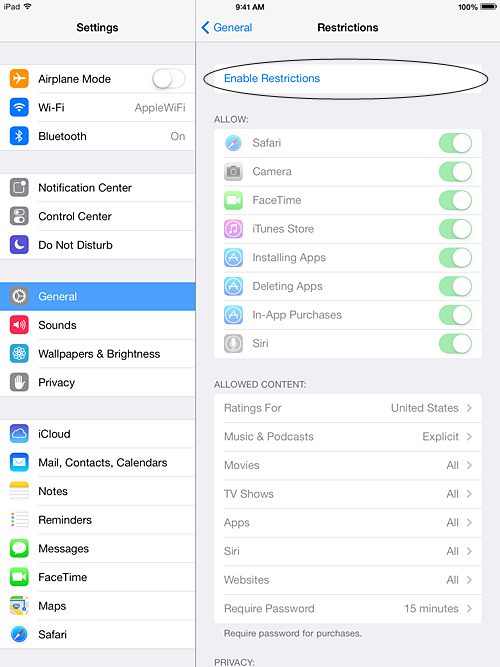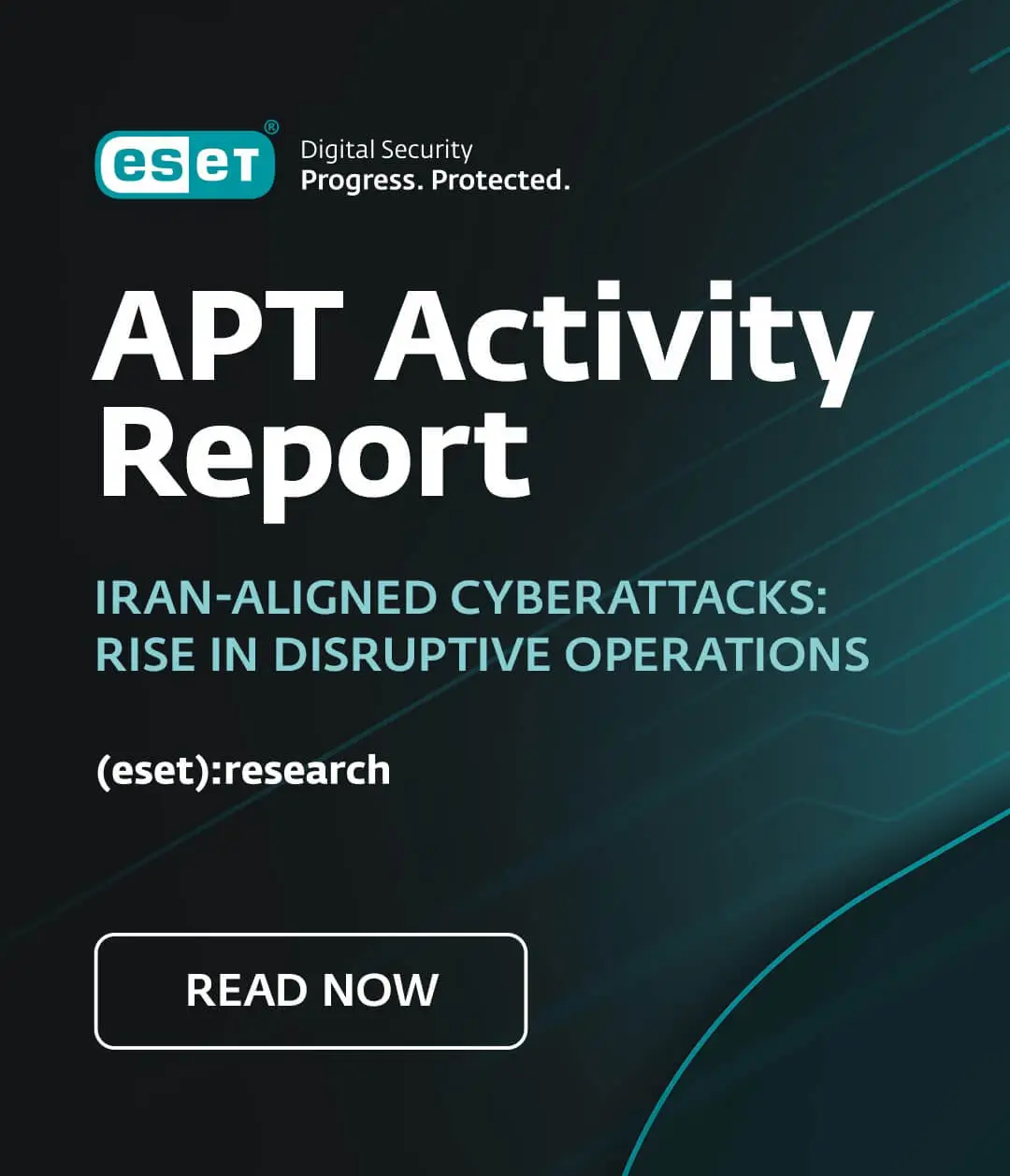A My Little Pony game which offered its young players a “mountain” of glittering gems - in exchange for a real-world payment of more than $100 was one of the worst examples of in-app purchase 'traps' in games aimed at children - which earn large sums from youngsters buying virtual goods.
It was picked out by Britain’s Office of Fair Trading as a particularly bad example of how games aimed at the young are loaded with options to spend money on in-app purchases. Even the current iOS hit Hearthstone allows players to buy decks of magical cards in bundles of up to £35 a go. Parents who simply hand an iPhone or iPad to a child risk children buying these items - often without really understanding the implications - and paying later. Apple sometimes recompenses notorious cases, but not always. The best approach is to protect yourself.
One thing is certain - “in game purchases” are here to stay - the old model of games costing £30-£50 simply doesn't work on mobile devices, when app stores offer a million titles to choose from.
The “freemium” model - where the game is free, but once players get involved, they pay for “extras” such as in-game purchases, is used in games for adults and children. - and is particularly common on mobile devices such as iPhones and iPads.
In-app purchases: here to stay
It’s not going to go away - but there are steps parents can take to ensure their children do not spend money on in-game goods, whether accidentally, or on purpose. The new version of iOS has upgraded the defenses available to parents to prevent “bill shock” when a youngster runs up a large bill buying goods in-game.
For very young children, a very simple solution is to switch the iOS device to flight mode - disabling all wireless connections - this prevents not only purchases but also internet access. But more sophisticated tactics will be necessary to protect children from unscrupulous apps once they are over the age of two to three.
On iOS, go to Settings, then General, then restrictions. At this point, you’ll be asked to set a PIN. As well as restricting access to installing apps and in-app purchases, you can also restrict access to other stores such as iTunes, iBooks and access to the wider Internet via locking apps such as Safari.
Make sure your PIN is memorable. Apple warns, “If you lose or forget your Restrictions passcode, you will need to perform a factory restore to remove it.”
In iOS 7, new features allow parents to restrict access to content according to its age rating - for instance, allowing children to watch films rated as suitable for young people, or barring music with explicit content.
The option "Require password" within the same Restrictions Menu helps parents avoid one of the main ‘traps’ which has allowed children to run up huge bills on in-app purchases - the 15-minute “window” after password entry, where a password is not required for further purchases. In various notorious cases, parents have bought children an app, unaware that the youngsters have a quarter of an hour to go wild buying new levels, characters and in-game money. Set this option to “Require password immediately”, and you’ll be much safer.
The most important rule, though, is to stay involved with your children’s activities. You may not be as good as them at Angry Birds, but you should at least understand what they're doing.
As children grow older, it’s best to allow them their own iTunes account. You can set an allowance for children to spend - which also helps teach children the basics about money. You’ll need to give your child an Apple ID, with a valid payment method, then visit http://support.apple.com/kb/ht2105 for details.
If you “ban” children from games, they may be encouraged to pirate them online on PC, for instance, and in the process install malware which could empty your bank account faster than any in-app purchase ever could.






